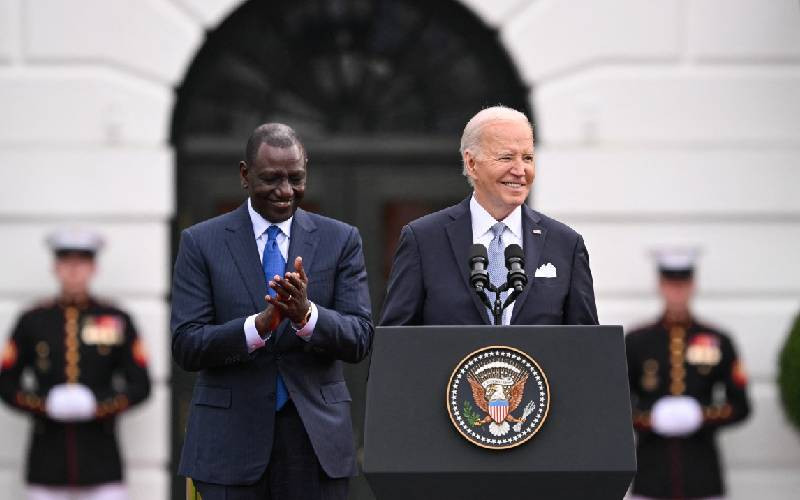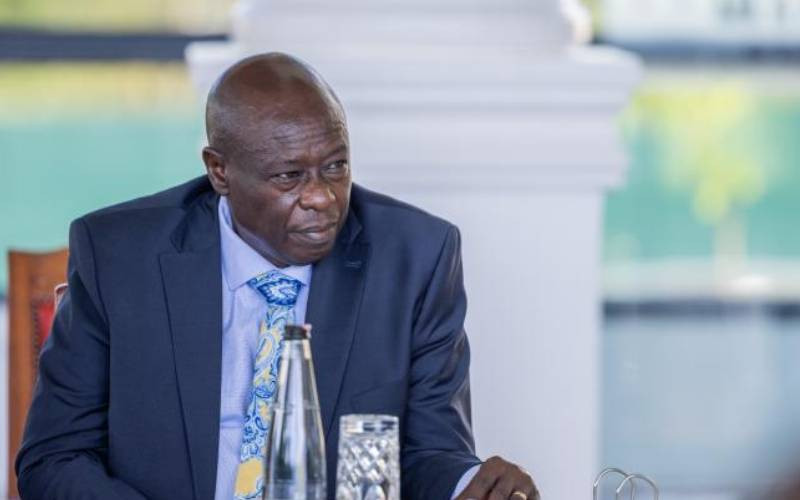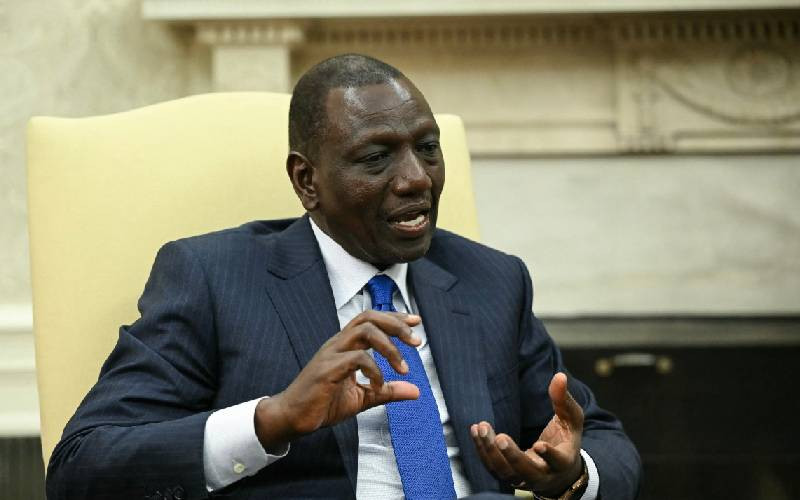As far as rare books go, Kenyatta, a biography of the founding president is in a class of its own. Chances are that you have never seen nor heard about it; no bookshop stocks it. The Jomo Kenyatta Memorial Library at the University of Nairobi does not have it. Neither does the Macmillan Library, which houses rare Africana collections.
The only known copies are at the Kenya National Archives, and the reserve section of the Kenya National Library Services.
Kenyatta: A Biography paints an intimate picture of Kenya’s first president in humanistic light - a man who was broke as a student, who cried whenever rent in his London flat (that is now a national monument) was due, and went on pot smoking expeditions in Europe with his buddy, fellow Pan-Africanist, George Padmore (after whom a road is named in Nairobi).
Then there was Kenyatta’s admiration for Emperor Haile Selassie, the reason he kept the Ethiopian flag in his London flat besides making sure the Ethiopian was the first ruler to come to Kenya for an official visit in 1964 during the first Madaraka Day celebrations. Written by British historian and journalist, Jeremy Murray-Brown, the 445-page book was published in New York in 1973, and is widely deemed as the most definitive work on Jomo Kenyatta.
Given Kenyatta’s colourful, often controversial life, many Kenyans only know the deodorized versions of his life. Kenyan history syllabi, especially at primary and secondary school levels, read like hagiography (full of praise, almost elevating the independence struggle leaders to legends if not saints).
Ideally, such a biography, written by an outsider, would have brought a different perspective of the founding father to the scrutiny of Kenyan scholars, but Kenyatta’s biography inexplicably was never made available in Kenya.
How come the government has never made an effort to have the bio available? The biography was made possible, thanks to Murray-Brown’s access to Kenyatta’s personal documents, including letters that give a rare insight into his personality.
The book’s blurb describes it as “authoritative, intimate and entertaining,” adding that, “while not official, the publishers deemed it a definitive account of Kenyatta’s life that explored the enigmas that gripped the founding fathers of Africa.”
The Times Literary Supplement described the biography at the time as a triumph, terming Murray-Brown’s work as “a massive work, researched in painstaking detail, and presented with balanced judgment that is remarkable. He avoids both superficiality and sycophancy.”
Writing in History Today in 1980, Murray-Brown underscored how controversial Kenyatta’s rule was, claiming it was the trappings of power that were transferred to Kenyatta and his cronies, never the independence of the country.
Kenyatta: A Biography explores his relationship with the Mau Mau, the legal travesty that was the 1953 Kapenguria Trial, where the verdict was termed a product of ‘settler fear and hatred.’ Kenyatta’s ambiguity in relation with the Mau Mau actions, both before and after the trial, never sat well with the settler community.
“... Despite his well-publicized appearances with surviving Mau Mau leaders, it was not they who were admitted to the inner circle, enjoying wealth, privilege and influence, around the president,” Brown wrote in History Today, two years after Kenyatta’s death.
 The Standard Group Plc is a
multi-media organization with investments in media platforms spanning newspaper
print operations, television, radio broadcasting, digital and online services. The
Standard Group is recognized as a leading multi-media house in Kenya with a key
influence in matters of national and international interest.
The Standard Group Plc is a
multi-media organization with investments in media platforms spanning newspaper
print operations, television, radio broadcasting, digital and online services. The
Standard Group is recognized as a leading multi-media house in Kenya with a key
influence in matters of national and international interest.
 The Standard Group Plc is a
multi-media organization with investments in media platforms spanning newspaper
print operations, television, radio broadcasting, digital and online services. The
Standard Group is recognized as a leading multi-media house in Kenya with a key
influence in matters of national and international interest.
The Standard Group Plc is a
multi-media organization with investments in media platforms spanning newspaper
print operations, television, radio broadcasting, digital and online services. The
Standard Group is recognized as a leading multi-media house in Kenya with a key
influence in matters of national and international interest.







